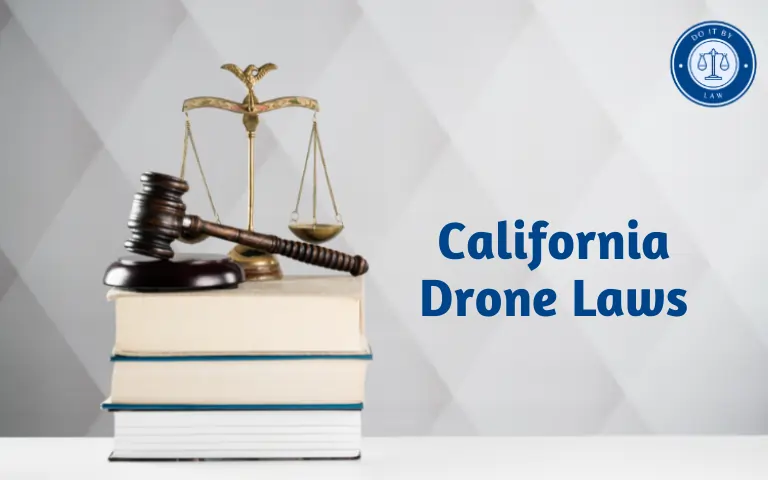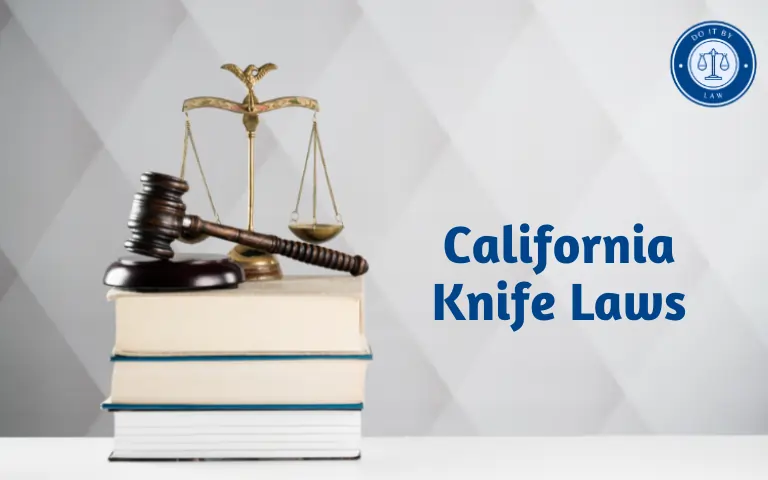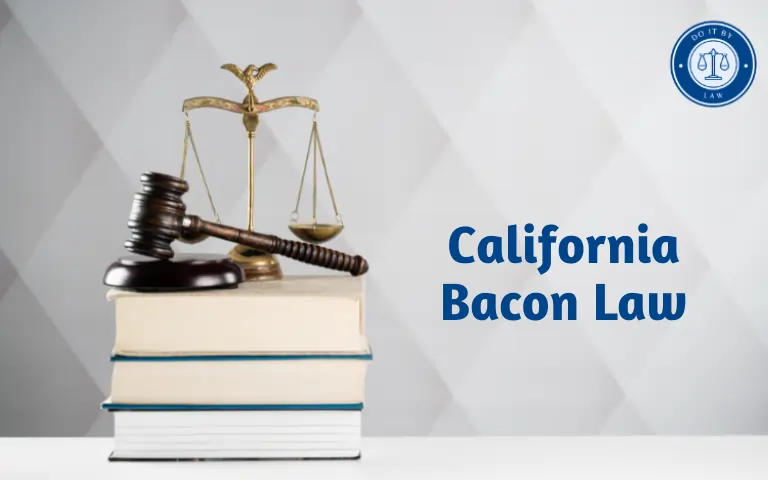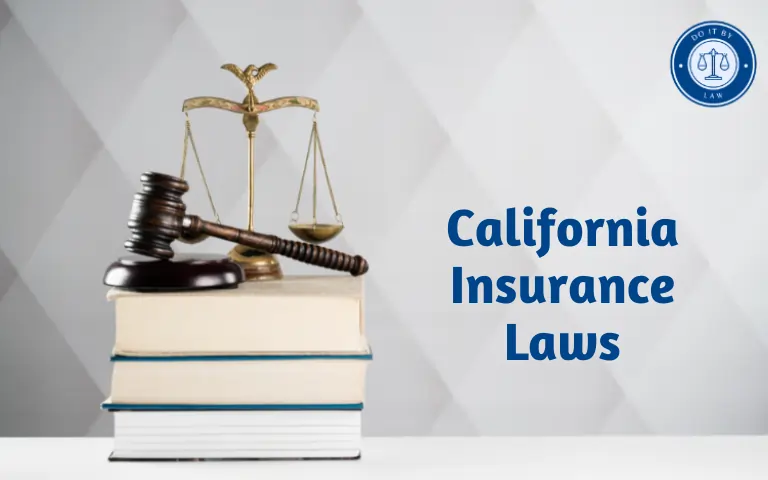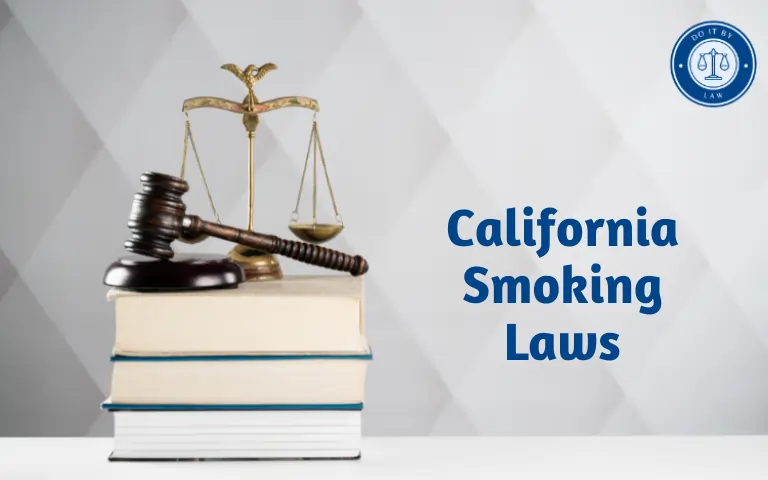California Drone Laws: What You Need To Know
California regulates unmanned aircraft systems (UAS), commonly called drones, to address safety, privacy, and nuisance concerns through various laws. Rules evolve balancing innovation incentives against growing reports of hazards and abuse cases. This guide covers key aspects of California Drone Laws legislation.
Background on Enacting California Drone Laws Regulations
Rapid consumer drone adoption brought calls to address risks like midair collisions, wildfire interference, spying complaints, and homeowner nuisance lawsuits. By 2015 the state began crafting operational limitations, with additional county and city statutes filling gaps on issues like enforcement, pilot licensure, and designating restricted flight zones.
Regulations intend to allow most safe recreational and commercial uses but mandate accountability given documented concerns over misuse and knowledge gaps around best practices.
Who Apply To In California Drone Laws
All individuals or enterprises operating unmanned aircraft within California airspace have certain responsibilities across categories:
Recreational Users:
- Register drones weighing over 0.55 lbs with the FAA
- Follow community-based safety guidelines
- Maintain line-of-sight
- Don’t fly over people or moving vehicles
- Respect altitude limits and airspace authorizations
Commercial Operators:
- Obtain a Remote Pilot certificate
- Register drone with the FAA
- Follow stricter Part 107 rules on flights, waivers, responsibilities
Government / Public Agencies:
- Coordinate aircraft registrations
- Issue pilot licenses
- Provide airspace authorizations
- Enforce regulations
Key Provisions: Operational Limitations Statewide
FAA Rules Adoption
- California defaults following federal Aviation Administration model guidelines
Privacy Protections
- No recording/photographing individuals without consent
- No flying over private property without permission
Wildfire Precautions
- Don’t fly near fires potentially endangering aircraft
- Follow temporary flight restrictions (TFRs)
Harassment Bans
- Cannot use drones to intentionally disturb others
Enforcement Delegation
- Counties and cities may implement additional regulations given unique concerns in their jurisdiction
Penalties For Violating California Drone Laws
Punishments for improper drone operations include:
- Privacy violations: Lawsuits from victims.
- Trespassing or harassment citations from $100 up to $500.
- Flying into forest fire zones results in fines of up to $20,000.
Potential criminal charges if:
- Actions threatened public safety requiring emergency responses
- Intentionally interfered with manned aircraft
Recent Changes & Proposed Modifications
Complaint upticks regarding drones near airports and forest fires brought suggestions for tightening regulations on remote identification, expanding no-fly zones, and requiring liability insurance policies.
However economic impact analysis found existing rules balancing innovation incentives against addressing legitimate risks seem appropriate for now. Future amendments likely incorporate rapid technology improvements better pinpointing problem flight locations and enhancing accountability.
Controversies & Debates
Drone laws spark debates on airspace rights as much as privacy or safety issues. Model aircraft hobbyists insist rules unjustly target enthusiasts operating responsibly for years before drones. Pilots argue against proliferating uncontrolled air traffic dangers.
Contention also surrounds exempting small toy drones from serial number markings and remote ID transmitters – but costs seem prohibitive mandating changes without evidence improving compliance.
Conclusion & Main Takeaways
California State adopted fluid drone statutes scalable addressing credible threats identified through registrations and actual incident patterns rather than preemptively overregulating based on abstract worst-case hypotheticals which could undermine innovation incentives.
Incremental locality-specific amendments likely continue modernizing around issues like insurance requirements, proximity detectors, licensing, and demarcating restricted fly zones.
With cooperative recreational user compliance and commercial operator accountability, existing regulations balancing safety precautions against preserving airspace access for diverse interests appear appropriate for the near term until necessity and practical enforcement mechanisms reasonably justify tighter controls.

